Bulgarian Arsenal MG-M2 Disintegrating Link 7.62x51mm PK Machine Gun

The 2025 International Defence Exhibition Conference (IDEX) in Abu Dhabi, UAE, highlights emerging warfighting technologies. Although warfare continues to evolve, some fundamentals remain unchanged: soldiers and firearms are essential for taking and securing objectives. Among the most important tools for infantry troops is the machine gun, which is second to the radio. Machine guns have dominated battlefields for over a century due to their ability to deliver a large amount of lead on target. This makes them indispensable for suppressing the enemy and supporting advancing troops. From the trenches of World War I to modern-day conflicts, the machine gun has impacted military history, evolving with advancements in technology and design.
This understanding led me to my first stop at IDEX: the Arsenal booth, which showcased their Kalashnikov PK series machine guns. Arsenal is a well-known Bulgarian joint-stock company based in Kazanlak, specializing in firearm manufacturing. Founded in 1878, it is the oldest arms supplier in Bulgaria.
With the collapse of the Soviet Union and a shifting geopolitical landscape, NATO is gaining prominence, leading to the adoption of its ammunition standards among former Soviet states. The 7.62x54mm cartridge, introduced in 1891, is commonly associated with the PK series of machine guns. This machine gun has earned a reputation as a reliable and powerful weapon, demonstrating its effectiveness in conflicts worldwide. Many client states and emerging NATO members prefer Western calibers, creating a scenario where Eastern and Western influences intersect. There is a desire to utilize the PK machine gun while adapting it to NATO-compatible ammunition and belts.
The Gun
The Arsenal MG-M2 is a modified version of the PK machine gun. This factory modification changes the two-stage feed system to a push-through feed system, allowing it to utilize NATO M-13 disintegrating links for the 7.62x51mm NATO cartridge.
MG-M2 feed tray cover, forward barrel locking system. Photo by Lynndon Schooler.
Arsenal previously introduced the MG-M1, which was also chambered in 7.62x51mm. The MG-M1 featured a traditional two-stage feed system like the PK, allowing it to operate with standard non-disintegrating PK belts. This design made it a more straightforward and cost-effective modification.
In the MG-M2, the barrel locking mechanism was relocated from below the feed tray and cover. This improvement aligns the barrel change process more closely with the quick-change barrels commonly found in Western designs.
As with any weapon development, there are trade-offs. The standard PKM weighs 16.5 lbs. (7.5 kg), while the MG-M2 weighs 20.5 lbs. (9.3 kg). It is important to note that most Arsenal machine guns are equipped with a heavier PK-type fluted and finned barrel compared to the lighter profile of the traditional Russian PKM. As all PK-type barrels are threaded, they will accommodate a wide range of suppressors.
The MG-M2 incorporates features from various weapon systems. It has a folding charging handle similar to the Russian RPD, a spring-loaded charging track cover inspired by the FN Minimi, and a feed tray cover belt operating system from the FN MAG 58. One of the most interesting aspects of the MG-M2 is its semi-automatic fire capability, which is becoming increasingly popular in machine gun design. Additional features include a M1913 Picatinny rail on the feed tray cover and a new adjustable bipod.
Thoughts
The modification allows end users to operate the disintegrating M-13 links; however, this comes at the cost of losing one of PKM’s key advantages: its reduced weight. Changing the original operating system has nearly stripped the PKM of its central features, resulting in an added weight of 4 lbs. (1.8 kg).
The main benefit of the two-stage feed system is that it permits a shorter receiver, which helps decrease the weapon's overall weight—raising the question of whether the trade-off is worth it.
As an advocate for PK, I would like to test the MG-M2. However, the weight increase negatively impacts the gun's maneuverability and significantly burdens soldiers and their gun teams. The PKM has become known for being a lightweight, general-purpose machine gun with the ability to be used as a squad automatic weapon and to pick up an assault through an objective with it. Instead, this modification turned it into the equivalent of an FN Mag and a weight just under the US M-240L, 21.8 lbs. (9.8 kg). I mention weight a lot, because that is one of the most important aspects for any infantryman.
Sources:
- 7.62x51 mm MG-М2 - Arsenal JSCo. - Bulgarian manufacturer of weapons and ammunition since 1878
- Our history - Arsenal JSCo. - Bulgarian manufacturer of weapons and ammunition since 1878
- Arsenal 7.62x51mm Machine Gun MG-M1 - Arsenal Defense
- International Defence Exhibition & Conference - IDEX 2025

Lynndon Schooler is an open-source weapons intelligence professional with a background as an infantryman in the US Army. His experience includes working as a gunsmith and production manager in firearm manufacturing, as well as serving as an armorer, consultant, and instructor in nonstandard weapons. His articles have been published in Small Arms Review and the Small Arms Defence Journal. https://www.instagram.com/lynndons
More by Lynndon Schooler









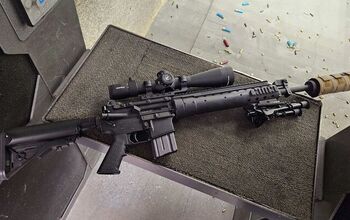

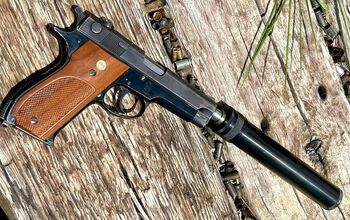
![[DEFEXPO 2020] MG-M2, PKM Variant in 7.62x51mm From Bulgarian ARSENAL](https://cdn-fastly.thefirearmblog.com/media/2024/05/19/14634166/defexpo-2020-mg-m2-pkm-variant-in-7-62x51mm-from-bulgarian-arsenal.jpg?size=350x220)

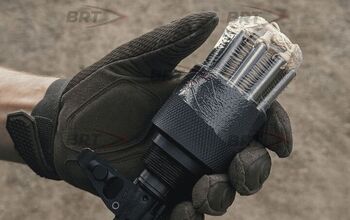

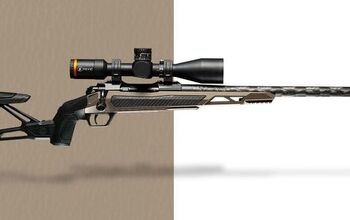

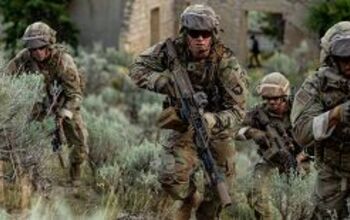


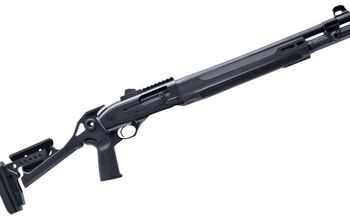
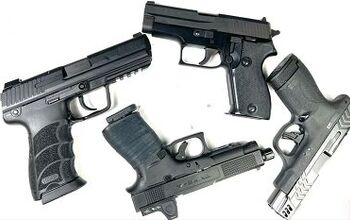

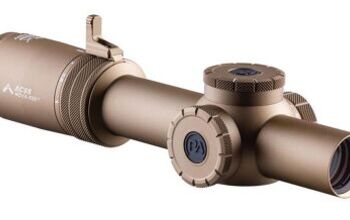


Comments
Join the conversation
It’s still lighter than the US M240B or its predecessor the M60. The best improvement for NATO purposes is switching the feed from the right side to the left like all other US machine guns.
In 2006, in western Baghdad, we had to extract an ambush team right after they took out a couple of insurgents with an RPG-7 and a PKM. I grabbed the RPG off of one of them, pulled the round out and put it in the back of our HMMWV while one of my guys grabbed the PKM. When we got back to our FOB, I found out that the guy who grabbed the PKM didn’t know how to clear it and, threw it in the HMMWV loaded with the safety off. That resulted in an immediate “hip pocket class” on exactly how load, fire, reduce a stoppage, unload and, perform a function check. After that, whenever our unit captured a different weapon, we had another class on that one. I just wish we had access to threat weapons before deploying.
About the same weight as a BAR.